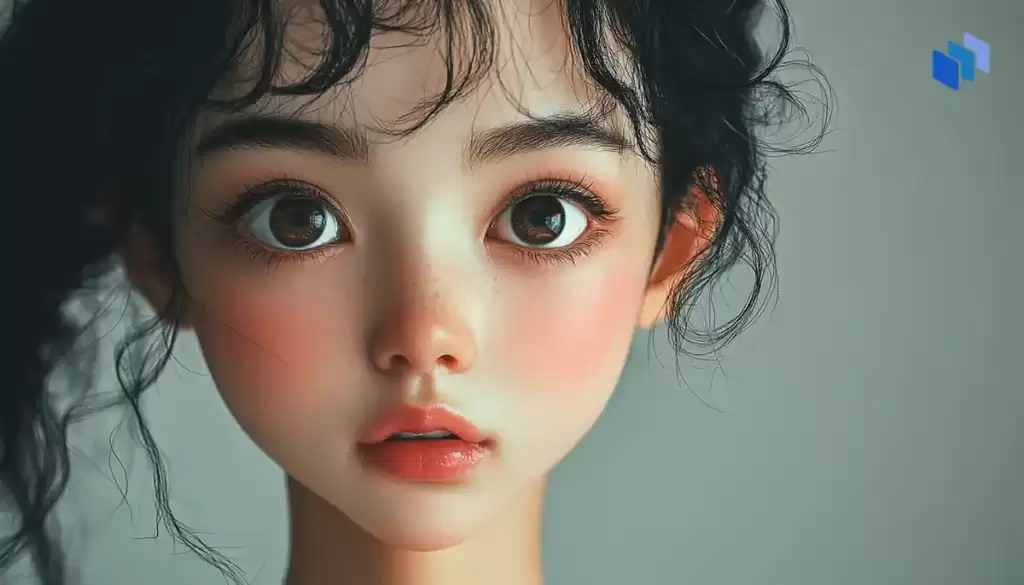As social media companies face mounting pressure to improve user safety, TikTok, one of the world’s most popular platforms, is taking a bold step by restricting beauty filters for teens. With billions of users, many of them teenagers, TikTok’s decision to implement these changes is set to spark a wave of discussion about online safety, mental health, and the growing role of social media in shaping self-esteem.
These restrictions, announced during a safety forum at TikTok’s European headquarters in Dublin, aim to address widespread concerns about the impact of beauty filters on young users, particularly teenage girls. These filters, which can alter appearances by enlarging eyes, plumping lips, or smoothing skin, have been linked to increased anxiety, diminished self-esteem, and a distorted sense of reality among users.
The Harmful Impact of Beauty Filters
TikTok’s leadership acknowledged the growing evidence that beauty filters are contributing to a mental health crisis among teens. Many young users report feeling inadequate or unattractive after comparing their unfiltered appearances to the polished images created by these tools. For example, some teenagers have shared that they feel their natural faces are “ugly” after prolonged exposure to heavily filtered versions of themselves.
To combat this, TikTok is introducing sweeping restrictions on beauty filters for users under 18. These restrictions will block teenagers from artificially altering features such as their eye size, lip fullness, and skin tone. Filters like the popular “Bold Glamour,” which create exaggerated facial enhancements beyond the capabilities of makeup, will also be prohibited.

Interestingly, even lighthearted filters, such as those that add bunny ears or dog noses, will fall under these restrictions. This comprehensive approach reflects TikTok’s commitment to reducing the pressure on young users to conform to unrealistic beauty standards.
Challenges in Enforcement: The Age Verification Problem
While the changes are promising, TikTok faces a significant hurdle: age verification. A substantial number of teens have falsified their ages to access restricted features. Despite TikTok’s ongoing efforts to detect and block underage users, the effectiveness of these new restrictions could be limited by this pervasive issue.
To address this, TikTok has implemented more robust measures to enforce age restrictions. The company is trialing advanced machine-learning tools capable of identifying users who may have misrepresented their ages. Additionally, TikTok reports deleting over 20 million accounts every quarter that are suspected to belong to underage users.
Chloe Setter, TikTok’s lead on child safety public policy, emphasized the company’s commitment to a “safety-first” approach. “We hope this will help us detect and remove violators more effectively. Although some users may find it frustrating, safety remains our top priority,” she said. Users wrongly flagged as underage will also have the opportunity to appeal.
The Broader Context: Global Push for Online Safety
TikTok’s policy shift aligns with a broader global conversation about the presence of teenagers on social media. In the UK, lawmakers are working on the Online Safety Act, which would require platforms to ban users under 16. Similarly, Australia is drafting legislation to prohibit children under 16 from using social media, placing the onus on platforms to enforce these restrictions.
These legal moves are a response to growing concerns about the negative effects of social media on young users, including exposure to harmful content and the impact on mental health. Anticipating stricter regulations and potential fines for non-compliance, TikTok is taking proactive steps to ensure its platform is safer for teenagers.
A Broader Safety Overhaul
The beauty filter restrictions are part of TikTok’s wider strategy to enhance online safety. The platform has already introduced features like screen time management tools for teens and enhanced parental controls. These measures aim to provide a safer, more controlled environment for younger users while fostering trust among parents and regulators.
SEE ALSO: TikTok Partners with Eventbrite to Boost Event Promotion and Ticket Sales
TikTok’s new policies also highlight the evolving landscape of social media, where platforms are no longer just places for connection and entertainment but also battlegrounds for mental health and safety. By addressing the harmful effects of beauty filters and tightening age restrictions, TikTok hopes to set a precedent for the industry.
Looking Ahead: A Safer Future for Teens
As TikTok rolls out these restrictions in the coming weeks, the world will watch closely to see their impact. Will these measures effectively curb the growing tide of anxiety and low self-esteem among teenagers? And can the platform overcome the persistent challenge of enforcing age verification?
While challenges remain, TikTok’s proactive approach signals a significant step forward in prioritizing user safety. By addressing the harmful effects of beauty filters and taking stronger action to protect young users, TikTok is not only responding to public concern but also paving the way for a safer digital environment for the next generation.
The move raises an essential question for other social media platforms: will they follow TikTok’s lead in placing user well-being above engagement metrics? Only time will tell, but for now, TikTok is setting the stage for a safer, healthier online space.



